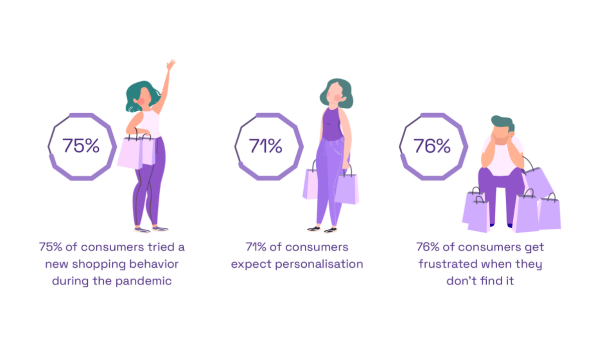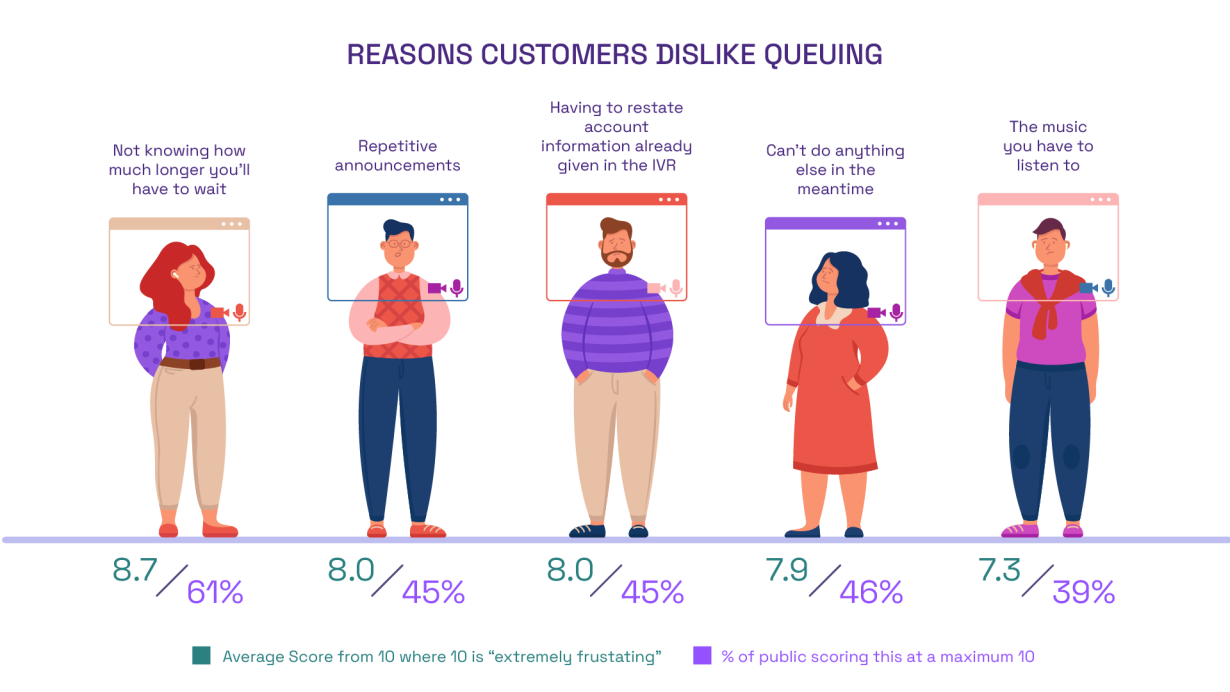The Power of Personalisation in the Contact Centre
Technology is making personalisation in the contact centre easier than ever and the rewards for business can be great.

In 2023, one of the biggest focusses for contact centre managers is personalisation.
Personalisation can make a significant difference by enhancing customer engagement, improving issue resolution, increasing satisfaction, enabling proactive service, driving revenue growth, and establishing a distinctive brand presence. Tailoring interactions based on individual preferences and context creates stronger emotional connections and boosts engagement. Access to personalised customer information helps agents resolve issues efficiently, leading to higher satisfaction. Proactive outreach based on customer behaviour and preferences fosters positive experiences. Personalisation also enables targeted cross-selling and upselling, driving revenue. Ultimately, personalisation sets contact centres apart and strengthens customer relationships.
The good news is, creating an effective personalisation strategy is easier than ever, as the technology is now there to help businesses influence every stage of a customer’s journey.
What is personalisation?
Personalisation is using everything you know about a customer to inform your service delivery and influence their attitude and behaviour when interacting with your brand. Personalisation can work on many different levels from easily identifiable parameters such as age, gender, and geographic location, to their history of interactions with the company and their browsing patterns.
While personalisation has long been used from a marketing perspective, to make customers feel as if offers and products are tailored specifically for them, it’s only in recent years that its value within the contact centre has become known.
A McKinsey report found that those companies that excel at personalisation generate 40% more revenue from their activities than an average peer and 71% of consumers now expect companies to deliver personalised.
But what does personalisation look like in a contact centre? When an agent talks to a caller, are they immediately aware of the context behind the call? The more they know, the more informed the service and advice they can offer. They instantly become a more effective touchpoint. After all, two of the greatest annoyances for customers is being held in a queue and having to repeat their story to a different agent every time they call.

7 considerations when personalising your contact centre
1. For personalisation, you need customer data. Your systems should be integrated, so that customer information can be collated and made easily accessible to frontline agents. Make sure IVRs (Interactive Voice Response) are optimised for collecting and feeding information, so customers don’t have to repeat themselves.
2. Segmentation of customer personas provides a starting point for understanding customer requirements and tailoring interactions to make successful outcomes more likely.
3. Build in customer identification techniques that can allow other systems to decide how individual customers are treated.
4. Ensure visibility on the customer’s history and interactions across all channels.
5. Integrate agent assistance solutions that can provide agents with relevant information and suggest actions in real-time.
6. Wherever possible, offer self-service options so customers can resolve queries themselves.
7. Create feedback mechanisms that provide metrics on what customers feel about their experience so you can take appropriate action and provide quicker resolutions.
These form the starting point for a sound personalisation strategy. Do it effectively and you will eliminate obstacles to purchases, drive upselling and cross-selling, and deliver effective customer service.
AI tools for personalisation
With these basic principles in place, you can then look to chatbots and other AI-powered tools for enhancing the benefits that can be gained.
Interaction analytics – Measure customer intent by categorising calls. AI scans words and phrases providing valuable insights into the reasons customers reach out.
Predictive analytics – AI-powered software runs algorithms over data identifying repetitive trends and patterns. These can offer insights to agents in how to handle customers in real-time and give managers data that can be used to improve different elements of call centre operations.
Sentiment analysis – Evaluates the emotions of customers and agents, to help identify when and where stress or negativity occurs – useful for revealing issues affecting agent morale, as well as bottlenecks and pain points for customers.
Used together, as part of a wider personalisation strategy, all of these tools will improve every stage of the customer journey, along with many contact centre KPIs.
Bringing it all together in a customised solution
With contact centre technology becoming more sophisticated all the time, your solution for personalisation must be futureproof, flexible and scalable. It must be able to integrate new channels with ease into your personalisation efforts and deliver real-time information on which channels are delivering the most rewards, so you can tailor your personalisation strategy for greater success.
At DigitalWell, our solutions are tailored to give you the power to do just that. With a customised contact centre solution that meets the needs of your organisation now and in the future, you can provide the exceptional experiences that customers now expect.
Start by talking to an expert at DigitalWell and put the power of personalisation to work in your contact centre.


